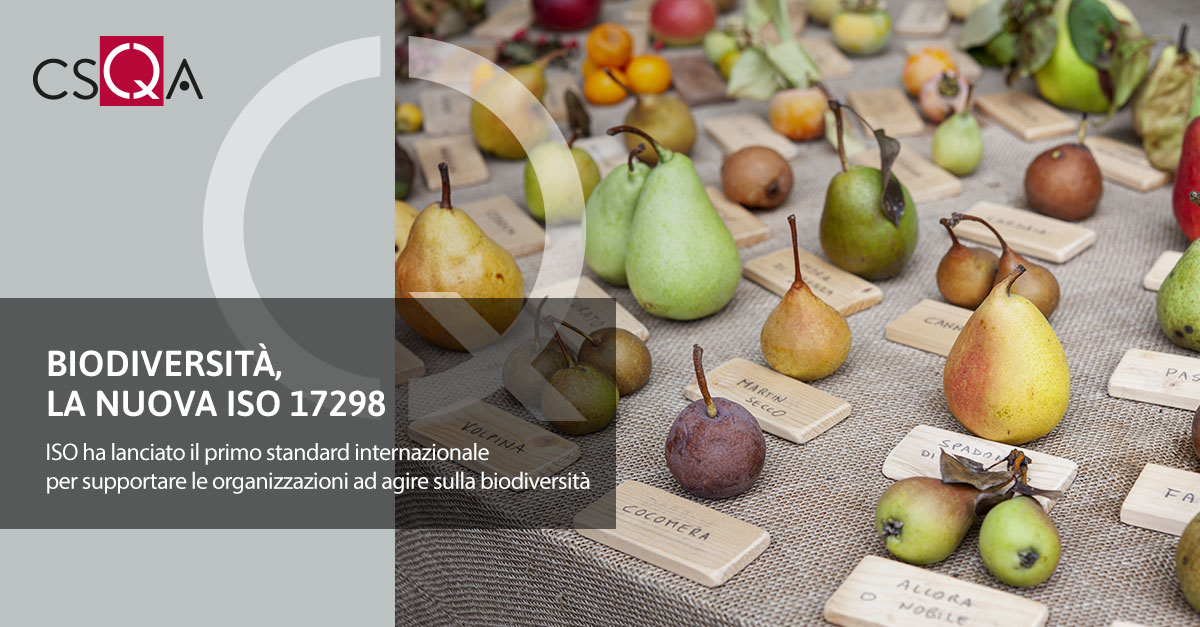 ISO 17298: Biodiversity for Organizations is a new standard that provides, for the first time, a practical and scalable framework to help organizations assess their biodiversity impacts, dependencies, risks and opportunities.
ISO 17298: Biodiversity for Organizations is a new standard that provides, for the first time, a practical and scalable framework to help organizations assess their biodiversity impacts, dependencies, risks and opportunities.Biodiversity – the variety of life on Earth – is essential for healthy ecosystems, economies, and communities.
As nature loss accelerates, the new ISO standard offers a vital tool to help organizations take measurable and responsible action to protect and restore biodiversity.
When biodiversity is lost, companies face higher operating costs, disrupted supply chains, regulatory and reputational risks.
Taking action on biodiversity enables organizations to strengthen operations, access nature-positive financing, and build trust with customers, regulators, and society.
Noelia Garcia Nebra, Head of Sustainability and Partnerships at ISO , said that by integrating biodiversity into organizational strategies and operations, large-scale systemic change can happen where it matters most. " ISO 17298 offers a structured roadmap that allows organizations to assess biodiversity-related impacts and effectively factor them into their strategies.
The standard embeds biodiversity into governance and risk management practices, not just sustainability reporting , ensuring alignment with global expectations and organizational operations.
The new standard is designed to be interoperable with other widely used initiatives such as ISO 14001, ISO 26000, TNFD and the Sustainable Development Goals (SDGs) , and contributes directly to the Kunming-Montreal Global Biodiversity Framework, particularly Goal 15 on corporate action .
ISO Director of Standardization Marco Rossi said that, critically, ISO 17298 is scalable and inclusive, suitable for organizations of all sizes, regions, and sectors. "ISO 17298 is suitable for a wide range of users, from SMEs and large companies to public institutions and cities .
It supports the production of credible and comparable biodiversity data that can inform investment decisions, improve disclosure, and unlock access to a nature-positive economy and biodiversity-related markets.
By grounding biodiversity action in a globally agreed standard, ISO 17298 enables organizations to move from ambition to implementation, creating the transparency, accountability, and consistency needed to halt and reverse nature loss.
The standard was developed by the ISO Technical Committee 331 on Biodiversity (ISO/TC 331), which brings together experts from over 60 countries. ISO 17298 is the first standard published by the committee, with additional workstreams underway to further expand the guidance in this critical area.
ISO 17298 marks the beginning of a broader set of biodiversity standards.
Future work includes standards on vocabulary, net biodiversity gain, and native species characterization of products, to name a few.
These standards will provide the technical foundation for credible, scalable, and transparent action to support biodiversity worldwide. (Source: https://www.iso.org/ )